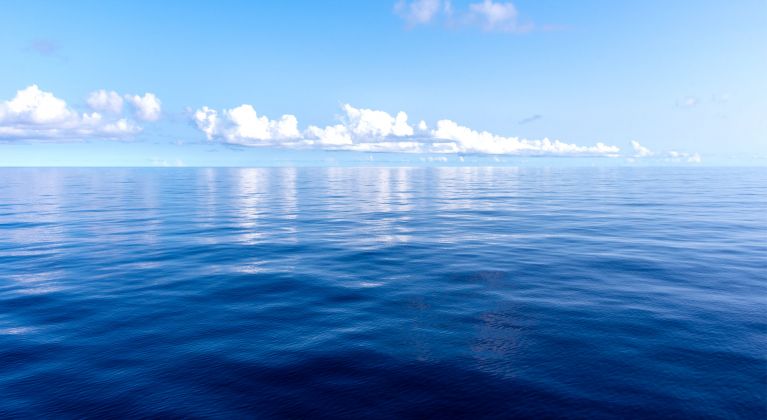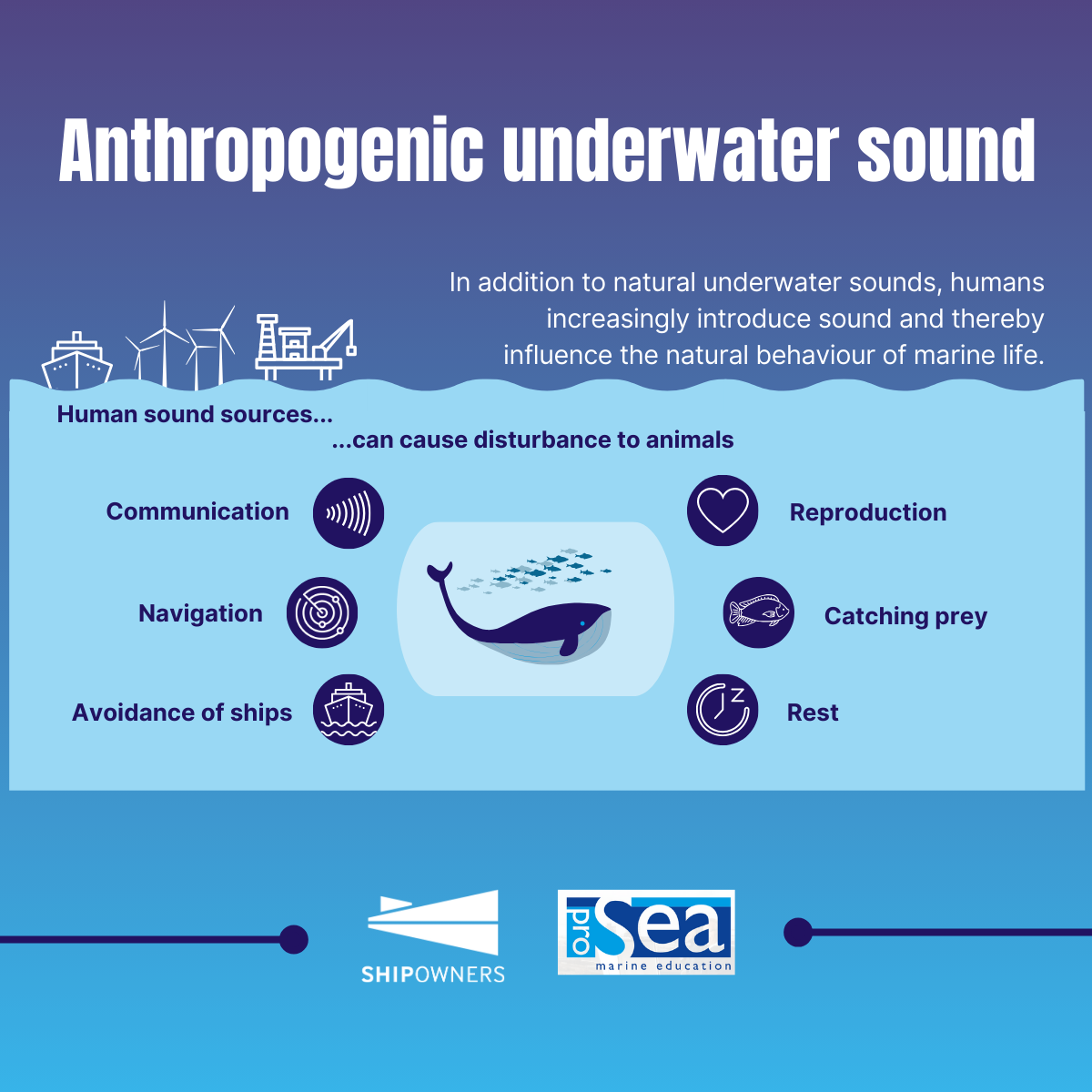
The impact of shipping on the marine environment
- Home
- Latest updates
- Campaigns
- The impact of shipping on the marine environment
The Shipowners' Club has collaborated with ProSea Marine Education, an independent, non-profit educational foundation, to raise awareness of some of the sustainability challenges in the maritime sector. The campaign highlighted how discharges of oil, chemical cargo residues, garbage, cleaning agents, anti-fouling paints, exhaust gases, underwater noise and invasive species from ballast water and hull fouling have ongoing negative effects globally on ocean life. Read below to find out how each pollutant harms the marine environment.
To summarise the campaign, the Club and ProSea have created an interactive infographic to bring attention to these pollutants, their potential detrimental impact on the marine environment and offer advice on how maritime professionals can take personal responsibility to help the shipping industry become more sustainable.
Click on the image below to view and download the interactive infographic.

Compared to other transport, shipping is by far the most energy efficient, however it does still have an impact on the environment. Most harm is caused by daily operational emissions of various substances from land- and ship-based sources, not by accidents. Here we highlight the most harmful contributions to marine ecology provided and provide an outline of a few important regulations established to ensure the protection of the ocean environment.
-

The Impact of Shipping
-

The Impact of Shipping
-

The Impact of Shipping
-

The Basics of Marine Ecology
-

The Basics of Marine Ecology
-

The Basics of Marine Ecology
-

The Basics of Marine Ecology
To explain the environmental challenges in the maritime sector it’s crucial to understand how the ocean works and why it’s so important. 70% of the world’s surface is covered by the ocean. The ocean is extremely ecologically important as it plays a key part in human life through providing half of the oxygen we breathe, producing food we eat and helping to regulate our climate. As a maritime professional, it is important to have foundational knowledge of the marine environment to help understand the necessity of regulations and how to protect the ocean through sustainable maritime actions. The slides delve into marine ecology, the co-dependency of marine life through the food chains and what it can mean when one marine organism is affected by human or natural causes.
Liquid waste in the ocean such as oil and chemical spills, as well as sanitary waste (sewage), can all have detrimental effects on the marine environment, causing damage to the marine ecosystem and eventual mortality of marine organisms. These impacts can then have a knock-on effect to the economy through the loss of food and tourism for example. It is important to understand the effect that liquid waste can have in order to try and mitigate the resultant damages caused and to support the move towards a more sustainable marine environment.
-

Liquid Waste Pollution
-

Liquid Waste Pollution
-

Liquid Waste Pollution
-

Liquid Waste Pollution
-

Solid Waste Pollution
-

Solid Waste Pollution
-

Solid Waste Pollution
-

Solid Waste Pollution
Solid waste in the marine environment (marine debris) is found worldwide; on ocean surface waters, in coastal areas (e.g. beaches), and on the ocean floor. Plastic is the biggest contributor to solid waste pollution at sea, with an estimated average of over 13,000 pieces of plastic litter floating on every square kilometre of ocean surface. The growing problem of microplastics in the marine environment is a prevalent issue and one which maritime professionals must be aware of. Slide across to find out more about the damage plastic waste can cause on ocean ecology.
Air pollution has been an important environmental issue since the 1970s and the maritime industry is working hard on establishing regulations and developing innovations to cut emissions of the shipping industry. The Ship Energy Efficiency Management Plan (SEEMP) is an IMO strategy that aims to cost-effectively improve a ship’s energy efficiency and assist the management of its environmental performance to reduce the emission of air pollutants. In parallel, the EU and individual nations craft their own strategies to reduce air emissions from the maritime sector. Check out the information to the right from ProSea Marine Education to learn how damaging air pollutants are for the marine environment and human health.
-

Climate Change
-

Climate Change
-

Climate Change
-

Climate Change
-

Invasive Species
-

Invasive Species
-

Invasive Species
-

Invasive Species
A great threat to marine ecosystems is the introduction of invasive species, which can have serious impacts on ecology, economy, and human health. The International Maritime Organisation (IMO) has established a set of regulations and guidelines to prevent the spread of invasive aquatic species. A cornerstone of these measures is the requirement for all ships designed for international voyages and equipped with ballast water systems to implement a ballast water management plan and to treat the ballast water so the risk of spreading new species is low. Additionally, there are prohibitions on the use of certain harmful antifouling paints, and there are recommendations aimed at preventing hull fouling.
Many animals use sound as their main sense and underwater noise made by human activities can have significant effects on marine life, for example by making it more difficult for marine animals to use sound for communication and navigation. This can result in collisions occurring between whales and ships. For the protection of the marine environment, it is vital that we are aware of human activities causing these disruptions and what we can do to limit human-produced noise levels. The IMO has guidelines around decreasing levels of noise, and the EU has recently set binding limits on underwater noise pollution for member states to integrate into their marine strategies.
-

Underwater Noise
-

Underwater Noise
-

Underwater Noise
-

Underwater Noise

